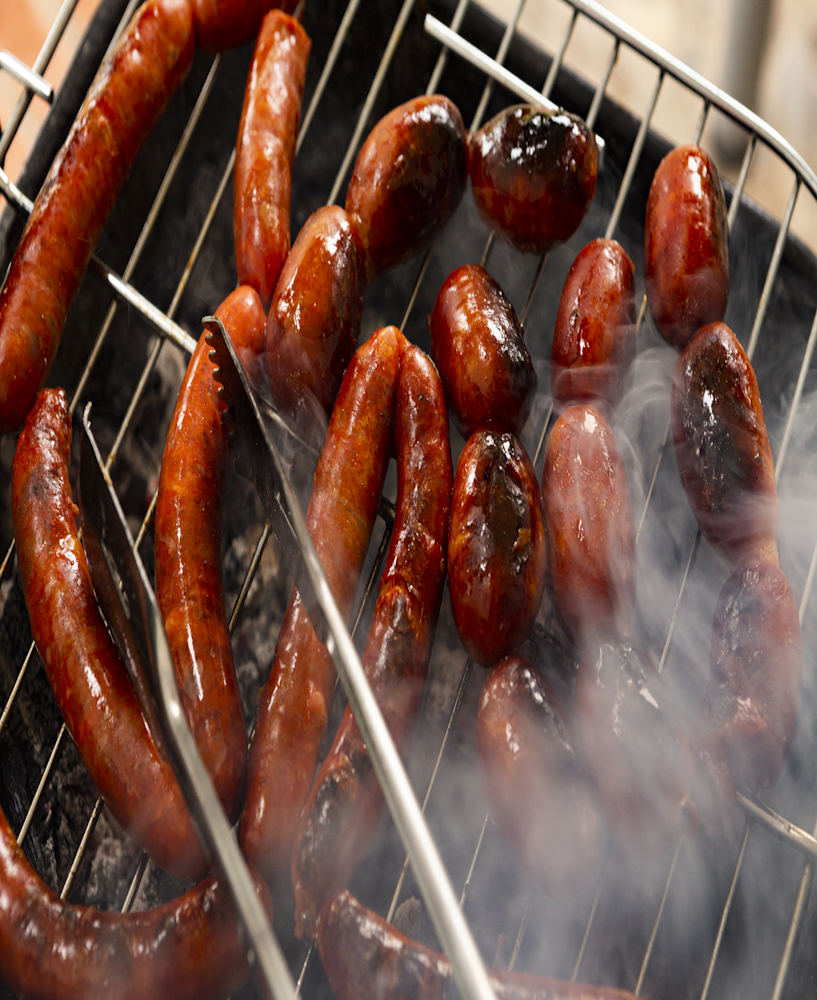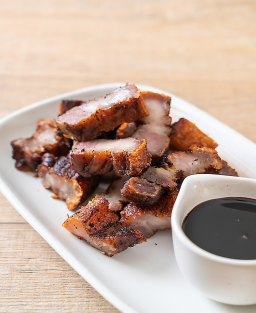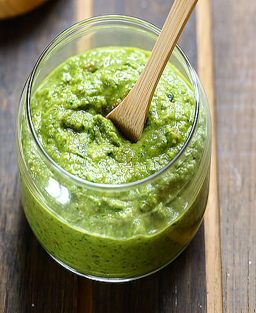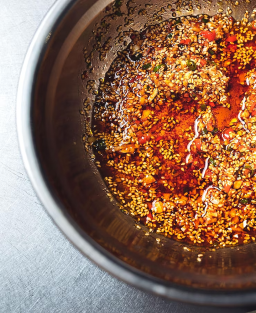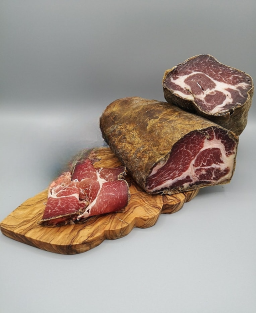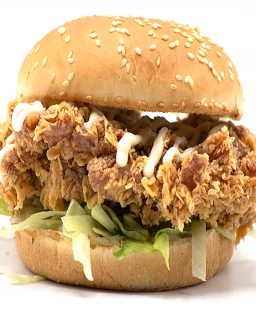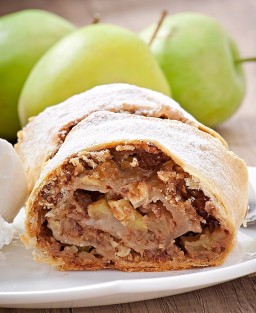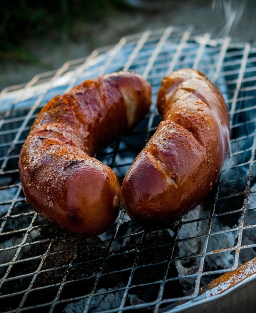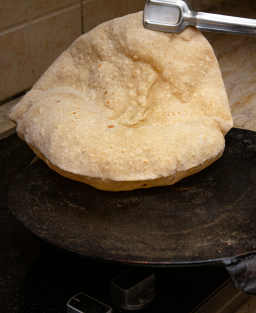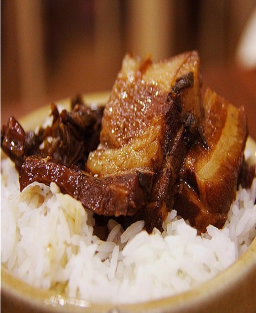- Out-of-Stock
Traditional Berber Merguez – Authentic Old-Style Recipe
Traditional Berber Merguez – Authentic Old-Style Recipe
Merguez sausages are an iconic part of Maghreb cuisine, particularly from Algeria, Tunisia, and Morocco. They are also very popular in France, where they are a staple of barbecue culture and street food.
What makes merguez iconic:
Spicy and bold flavor
Traditionally made from lamb meat, sometimes mixed with beef.
Typical seasoning: harissa, paprika, cumin, garlic, fennel, black pepper, and sometimes chili for the extra-spicy versions.
A barbecue symbol
Very popular in summer barbecues in France, merguez have become a classic alongside chipolatas.
They are often grilled until nicely browned and crispy on the outside.
Cultural heritage
Of Berber origin and widespread throughout the Maghreb, they are a staple at markets, street grills, and festive meals.
In Algeria and Tunisia, they are also used in dishes such as:
-
Couscous with merguez
-
Tunisian Ojja (dish with tomatoes, eggs, and merguez)
-
Sandwiches in kesra bread or baguette
Maghreb-French fusion
In France, they have become a staple in "merguez-frites" sandwiches at snack bars and kebab shops.
They also symbolize the culinary blending of Maghreb and French cultures.
Culinary anecdote:
In 2010, some French butchers had to adapt the merguez recipe to meet demand for milder versions while preserving authenticity. This shows how deeply they’ve entered the popular culinary heritage, far beyond the Maghreb.
Traditional Berber Merguez
Ingredients (for about 1.5 kg of filling):
-
1 kg lamb meat (shoulder or leg, with some connective tissue)
-
500 g lamb fat (kidney fat or tail fat)
-
Lamb casings, thoroughly cleaned with salted and vinegared water
Spices:
-
2 tablespoons sweet paprika
-
1 tablespoon ground hot chili (adjust to taste)
-
1 tablespoon salt
-
1 tablespoon ground black pepper
-
1 tablespoon ground cumin
-
1 tablespoon ground coriander
-
1 teaspoon ground caraway
-
1 teaspoon crushed fennel seeds
-
6 to 8 garlic cloves, mashed with a bit of salt
-
A small handful of dried mint (optional)
-
Juice of one lemon
-
2 to 3 tablespoons olive oil
Preparation
Chopping
Chop the meat and fat using a knife or manual meat grinder. The texture should remain rustic, with small visible pieces.
Mixing
Place the chopped meat in a large bowl (jefna). Add all the spices, mashed garlic, dried mint if using, lemon juice, and olive oil. Knead the mixture by hand for several minutes until well combined. Let rest for one hour.
Preparing the casings
Carefully wash the casings with clean water, salt, and a bit of vinegar. Turn them inside out if possible, rinse thoroughly, and soak in lemon water until ready to use.
Stuffing the sausages
Fill the casings by hand using a small traditional funnel. Work slowly and avoid packing too tightly to prevent the casings from bursting.
Forming the merguez
Twist or tie the sausages approximately every 10 cm (4 inches). Let rest in a cool place for several hours or overnight on a clean cloth.
Traditional cooking
Grill over low embers, turning them regularly with wooden tongs.
Alternatively, cook on a hot cast iron plate or in a flat tajine.
Notes
-
Harissa is not always used in Berber mountain regions. The heat often comes from local dried ground chili.
-
Some people add a splash of vinegar to the mixture for better preservation or digestion.
-
These merguez can be air-dried for a few hours to firm them up.
-
Lemon juice in the mixture helps preserve and adds a slight acidity.
-
Dried mint is used in some Berber regions, especially in Kabylia and the southern mountains.
-
Merguez can be eaten immediately or left to dry for a few hours for a firmer texture.











